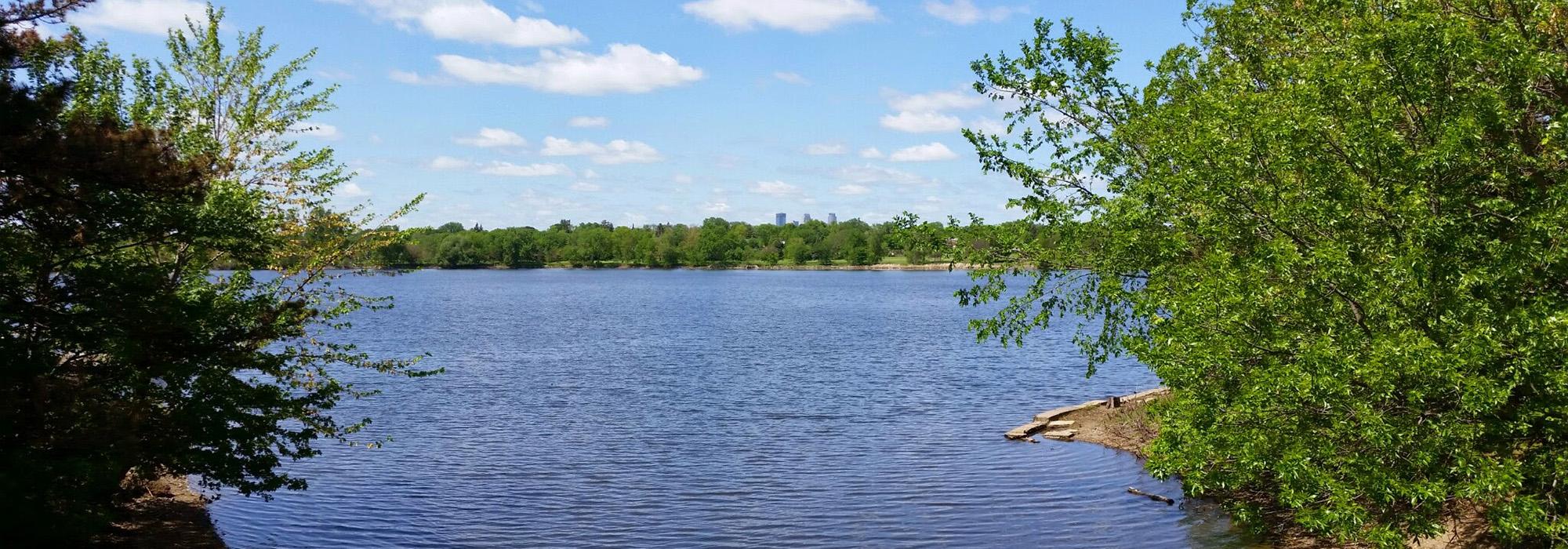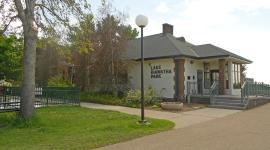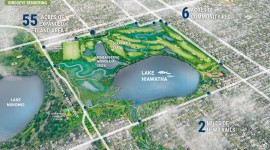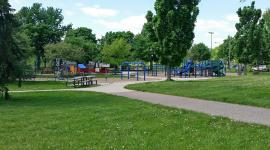Controversial Hiawatha Golf Course Redesign Approved
On September 7, 2022, the Minneapolis Park and Recreation Board (MPRB) approved by a six-three vote a controversial Master Plan that would amputate nine of the historic Hiawatha Golf Course’s eighteen holes; the measure had failed to pass on three previous occasions (seven of the nine MPRB Commissioners began their first term this past January; four of them voted for the Master Plan). The course, which has been determined eligible for listing in the National Register of Historic Places, according to a nomination submitted to the Minnesota State Historic Preservation Office (SHPO), is particularly significant to the area’s African American community. The Coalition of 100 African Americans, the Bronze Foundation, and other supporters of the historic course have been visible advocates at MPRB hearings and elsewhere.
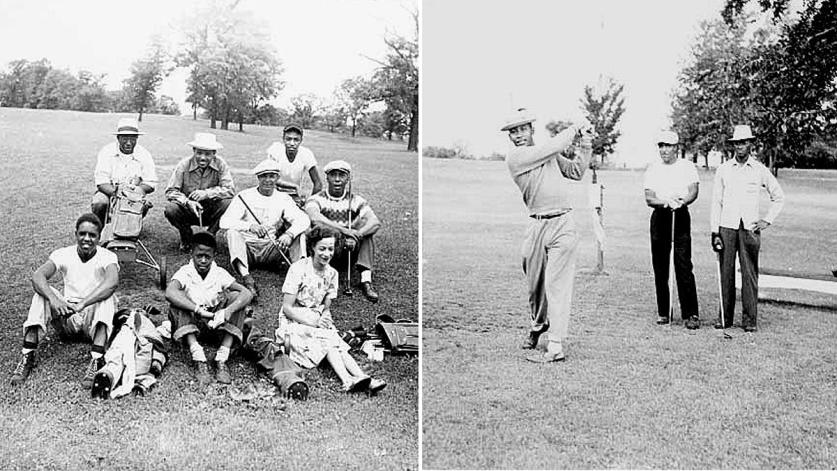
The Cultural Landscape Foundation (TCLF), which designated the Hiawatha Golf Course a Landslide site on March 1, 2022, noted that the adoption of a nine-hole plan could provide a short-term victory for advocates of that option, but ultimately could be a long-term headache. Well, the hangover has begun because the MPRB failed to get the support of Minneapolis Mayor Jacob Frey. Rather than sign or veto the measure, he opted not to sign it (which still allows it to go into effect but without his support), thus sending the measure into a funding purgatory of sorts (according to KSTP reporter Ben Henry, Mayor Frey acted “out of respect for the Black golfer community”). The MPRB is now tasked with raising the estimated $40-60 million needed to implement the plan, a tough job in and of itself, and they’ll have the added burden of explaining why they don’t have the mayor’s support.
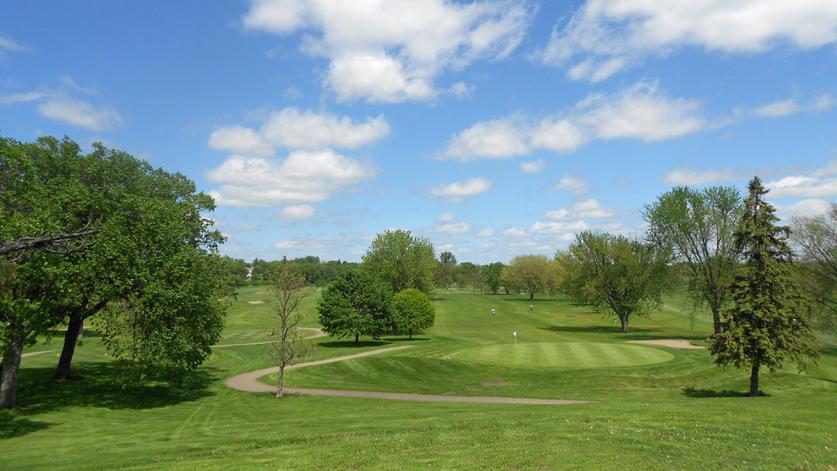
Among the long-standing issues the Master Plan seeks to address is pollution flowing into Lake Hiawatha, much of which comes from outside of the golf course. MPRB Commissioner Becka Thompson proposed a motion in the July 20, 2022, MPRB meeting to separate pollution mitigation from the course redesign; that was rejected. In a surprising development, on September 15, 2022, the Minneapolis City Council’s Public Works & Infrastructure Committee approved a measure “Directing Public Works staff to develop a permanent solution for consideration by the City Council for improving stormwater entering Lake Hiawatha through City-owned infrastructure, including an option for localized litter and trash capture that can be implemented independent of a Park & Recreation Board (MPRB) masterplan (or would be the same solution regardless of different masterplan configurations currently being considered by MPRB).” Why Public Works is taking up this issue now, given that there have been calls for just this move for several years, is unclear. The motion will come before the full city council on September 22.
Advocates of the Master Plan called the MPRB’s action on the seventh the “Final vote on Hiawatha”; perhaps by the MPRB, but not the final vote on the project. Meanwhile, the Minnesota SHPO is expected to render a decision about whether to endorse the National Register nomination in February 2023. Should they do so the National Park Service in Washington, D.C. would take up the application; final approval for listing Hiawatha in the National Register could come by mid-2023.
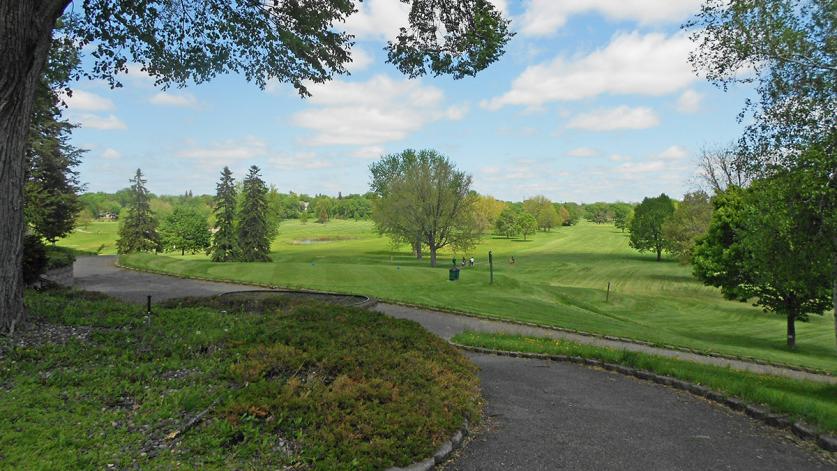
National Register designation means the proposed redesign would almost certainly be subject to reviews pursuant to Section 106 of the National Historic Preservation Act, a process that would likely last several years and involve numerous public meetings. The Section 106 review would identify “adverse effects” (negative impacts, in federal parlance) to the historic course, which would call for measures (in this priority) to avoid, minimize, or mitigate the adverse effects. The MPRB would likely have to demonstrate that there are no feasible and prudent alternatives that would avoid the “adverse effects” that would come with reducing the historic site to nine holes. Thus far, redesign supporters have shielded themselves behind the language of the Master Plan, which concluded (p. 18) that retaining an eighteen-hole configuration would be “impracticable, if not impossible.” That conclusion has not been tested and/or confirmed by a neutral third party with experience in National Register-eligible works of landscape architecture, golf course design, engineering, and hydrology. Instead, unquestioned faith seemingly has been placed in the work of the MPRB’s consulting engineers. Given that this project would probably be the most expensive in the MPRB’s history, that’s quite the leap of faith.
The reality is implementing the nine-hole plan is far from easy or a done deal. The MPRB must raise tens of millions of dollars for a plan the mayor declined to support. There would also be multiple levels of reviews, among them Section 106, where the burden would be on the MPRB to demonstrate why an eighteen-hole course would be “impracticable, if not impossible.” In short, the hard work has only just begun.



